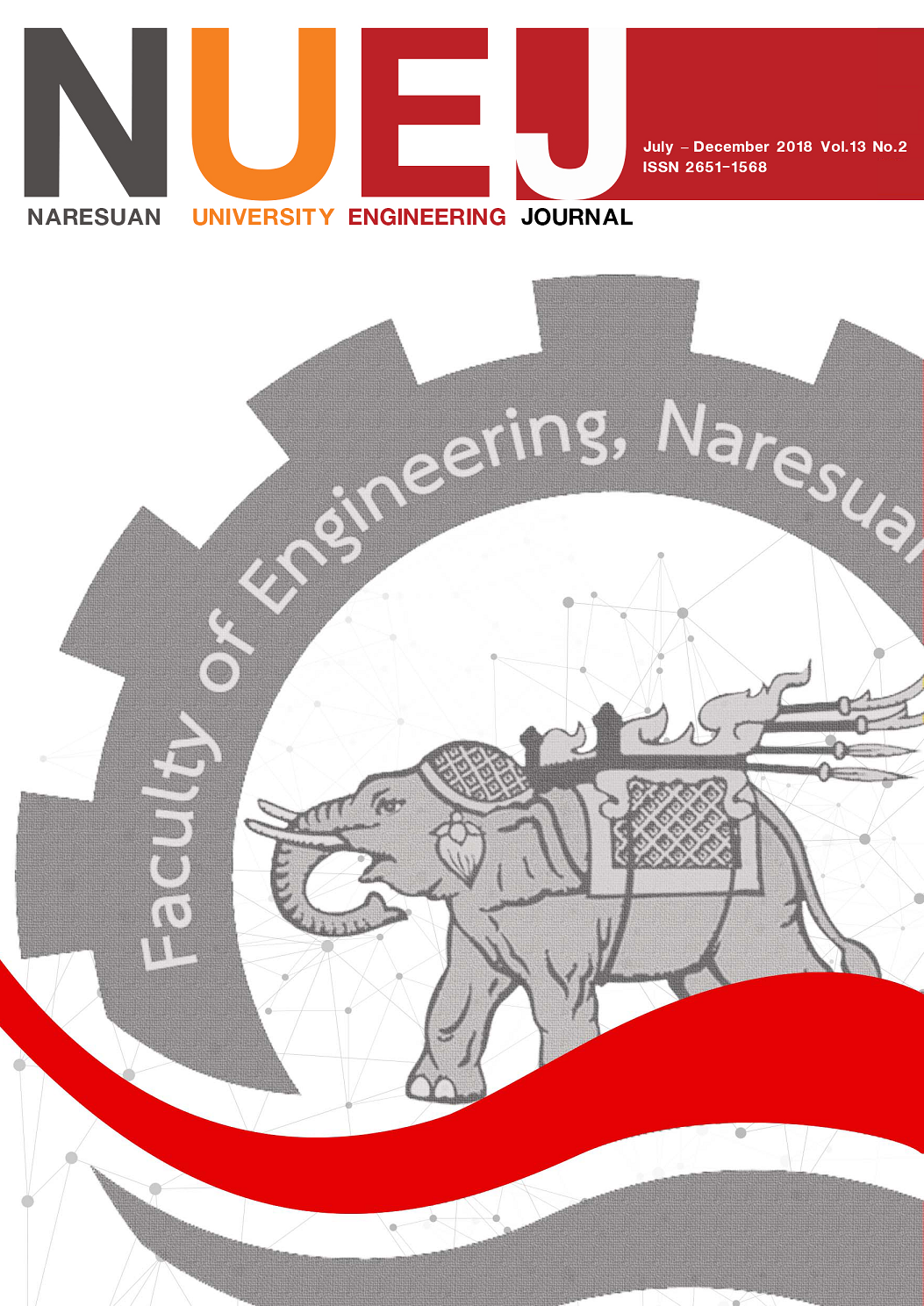Single Phase Transformer Parameter Modification by Central Composite Design Method
Main Article Content
Abstract
Although an electrical transformer can be developed efficiency by many novel approaches, the alternative methods for the transformer efficiency improvement have been proposed by researcher frequently. An electrical transformer is one of main components for many electric appliances. While the transformer of the electric appliance has high efficiency, thus the electric appliance will consume lower power energy. This paper proposes for modifying transformer parameters by using central composite design (CCD) method to improve the efficiency of transformer. Technically, the transformer structural parameters such as core thickness, winding turn number and conductor area are analyzed and modified by the central composite design. Consequently, the proposed method is positive for improving the efficiency of single phase transformer. The efficiency of the innovative transformer is higher 3.7% comparing with the prototype transformer. Also the cost of the innovative transformer can be reduced as 4.09% comparing with the prototype transformer.
Article Details
References
https://www.oie.go.th/sites/default/files/attachments/industry_overview/r_octdec60.pdf.
[2] Li, J. T., Liu, Z. J., Jabbar, M. A. and Gao, X. K. (2004). Design Optimization for Cogging Torque Minimization Using Response Surface Methodology. Transactions on Magnetics, 40, 1176-1179.
[3] Chiang, K. T. (2007). Modeling and optimization of designing parameters for a parallel-plain fin heat sink with confined impinging jet using the response surface methodology. Applied Thermal Engineering, 27, 2473-2482.
[4] Li, Z., Zhang, L., Lun, Q. and Jin, H. (2014). Optimal Design of Multi-DOF Deflection Type PM Motor by Response Surface Methodology. Journal of Electrical Engineering and Technology, 10, 965-970.
[5] Aniket, R., Rajkumar, E. and Sunil, G. (2016). Transformer Tank Optimization using Design of Experiments. Indian Journal of Science and Technology, 9(34), 1-7.
[6] Phaengkieo, D., Wannarumon, S. and Ruangsinchaiwanich, S.(2012). A model design of transformer by using finite element method (FEM), Naresuan University Engineering Journal (NUEJ). 7(1), 23-28.
[7] Cros, J., Viarouge, P. and Kakhki, M.T. (2011), Design and Optimization of Soft Magnetic Composite Machines with Finite Element Methods. IEEE Transaction on Magneti, 47(10). 4384-4390.
[8] Al-Momani E., and Rawabdeh, I. (2008). An Application of Finite Element Method and Design of Experiments in the Optimization of Sheet Metal Blanking Process. Jordan Journal of Mechanical and Industrial Engineering (JJMIE), 2(10), 53-63.
[9] Uy, M., Telford, J. K. (2009). Optimization by Design of Experiment Techniques. Aerospace Conference, Mar, 1–10.
[10] Box, G. E. P., and Draper, N. R. (1987). Wiley series in probability and mathematical statistics. Empirical model-building and response surfacหนูes. Oxford, England: John Wiley and Sons.
[11] Montgomery, D. C. (2013). Design and Analysis of Experiment. 8th ed. New York: John Wiley and Sons.
[12] Sudasna-na-ayudthya, P. and Luangpaiboon, P. (2008). Design and Analysis of Experiment. Bangkok: Top Publishing.co.,Ltd.
[13] Silpcharu, T. (2007). Research and Statistical Data Analysis by SPSS and AMOS. Bangkok: VNT Interprint.co.,Ltd
[14] Haaland, P. D. (1989). Experimental design in biotechnology. New York, NY: Marcel Dekker, INC.
[15] Sarma, M. S. and Pathak, M. K., (2010). Electric Machines, Singapore: Cengage learning.

